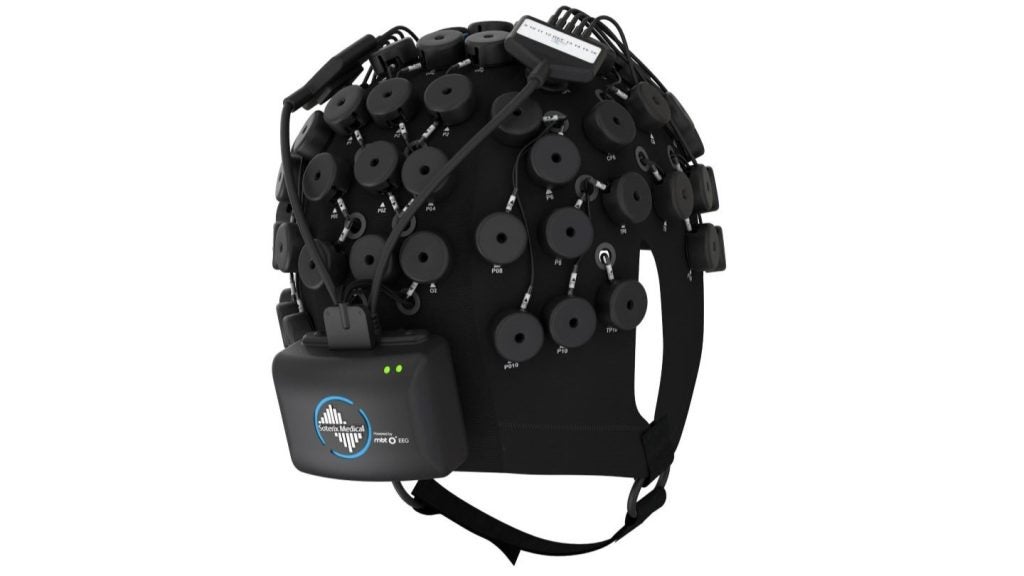Endosense has launched the TactiCath 75 force-sensing ablation catheter in Europe, as well as results of the Efficas clinical study of contact force-sensing in catheter ablation procedures.
The TactiCath 75 is an 8.5F sheath compatible, open irrigated, steerable radiofrequency ablation catheter that features a longer, 75 millimetre curved tip. It incorporates the same proprietary force-sensing technology as the original TactiCath, and due to the availability of both curve diameters, electrophysiologists can address the patient anatomies in the catheter ablation treatment of atrial fibrillation (AF). The TactiCath 75 is now marketed in Europe through Endosense’s distribution partner Biotronik and is likely to be available soon for use in the Toccastar US investigational device exemption (IDE) study of the TactiCath.
The Efficas I is a 46-patient single-arm prospective multicentre European clinical trial, designed to examine the correlation between contact forces applied during pulmonary vein isolation (PVI), gap formation at three months and AF treatment efficacy. In the study, patients were reassessed with a mapping catheter at three months to identify potential gaps in the PVI lines and contact force parameters to determine the relationship with lesion formation.
The trial results demonstrated that the creation of a continuous line of ablation points performed with a minimum force of 10g and a minimum force-time integral (FTI) of 400g seconds provides a significantly higher success rate in electrical isolation per pulmonary vein segment.
Endosense president and CEO Jan Keltjens said that the findings from Efficas have shown the efficacy of contact-force sensing in catheter ablation procedures, and proved that electrical reconnections caused by inadequate, non-transmural lesions can be avoided with the use force and FTI information. "Equally exciting are the suggested contact-force parameters for optimal lesion formation, which we have evaluated in Efficas II. These and other studies are key elements in our commitment to evidence-based medicine and establishing force sensing as part of the future standard of care," he added.
How well do you really know your competitors?
Access the most comprehensive Company Profiles on the market, powered by GlobalData. Save hours of research. Gain competitive edge.

Thank you!
Your download email will arrive shortly
Not ready to buy yet? Download a free sample
We are confident about the unique quality of our Company Profiles. However, we want you to make the most beneficial decision for your business, so we offer a free sample that you can download by submitting the below form
By GlobalData





